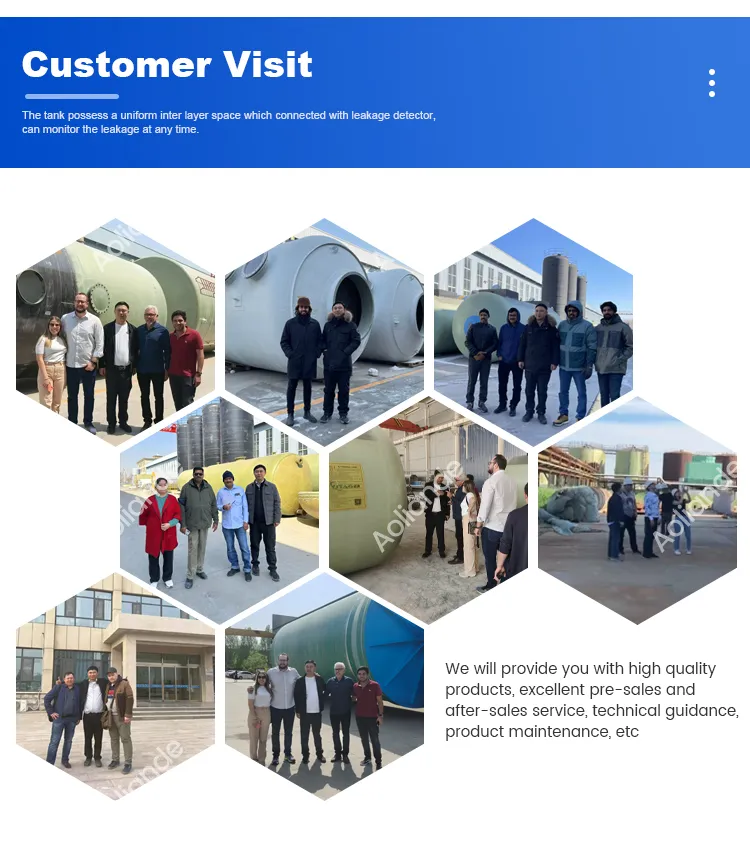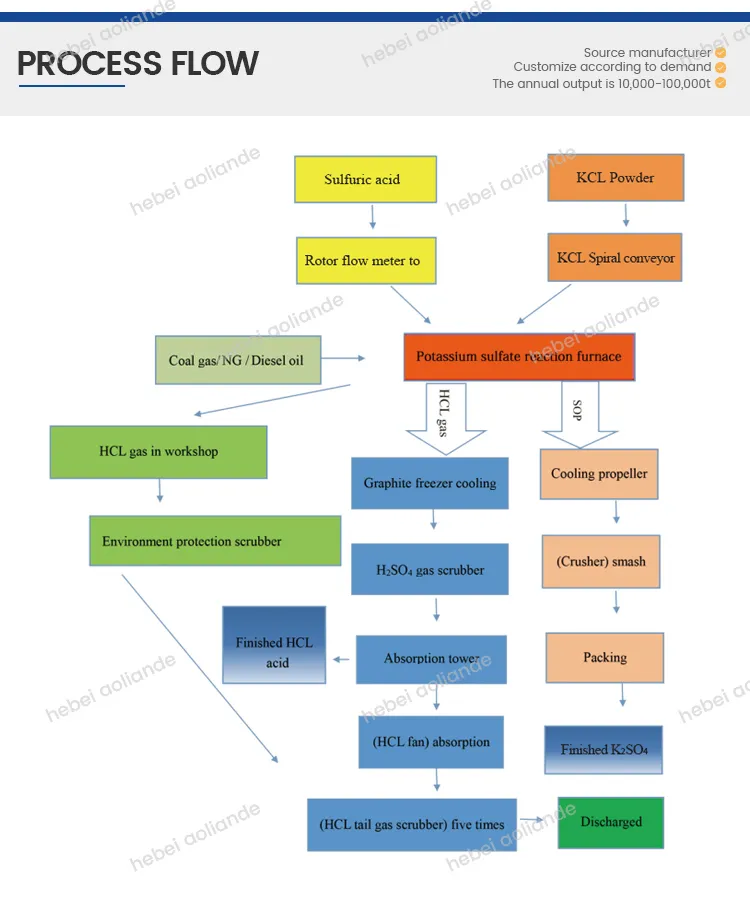FRP Sewer Pipe Corrosion-Resistant & Long-Lasting Solutions
- Fundamentals of modern wastewater piping systems
- Technical advantages driving material adoption
- Performance comparison across leading manufacturers
- Custom engineering capabilities overview
- Industry-specific application case studies
- Installation and maintenance protocols
- Infrastructure longevity and lifecycle value

(frp sewer pipe)
Why FRP Sewer Pipes Are Revolutionizing Wastewater Management
Composite sewer systems represent the frontier of modern wastewater infrastructure. Municipalities globally now specify FRP sewer pipe solutions where traditional materials fail prematurely. When Singapore's Deep Tunnel Sewerage System required corrosion-resistant components for their 48km network, GRP sewer pipe systems outperformed concrete alternatives by lasting 4x longer in aggressive effluent conditions. The inherent material properties of fiberglass-reinforced polymer create sewer pipe infrastructure with unprecedented durability in acid-rich environments where pH levels commonly drop below 3.
Technical Advantages Driving Material Adoption
Fiberglass sewer pipe installations demonstrate measurable performance benefits across critical parameters. Hydrostatic pressure tests confirm 22-36% greater burst strength than PVC equivalents while maintaining structural integrity at deflection angles exceeding 20 degrees. Laboratory data shows FRP resists hydrogen sulfide corrosion at 8 times the rate of conventional materials, directly translating to century-long service life projections. The smooth interior surface (C-factor of 150) maintains constant flow capacity while reducing friction loss by up to 40% compared to corrugated metal alternatives.
| Manufacturer | Pressure Rating (PSI) | Max Diameter (inches) | Corrosion Resistance | Warranty Period |
|---|---|---|---|---|
| Composites USA | 250-400 | 144 | pH 0-14 | 50 years |
| FiberTech Europe | 180-320 | 120 | pH 1-13 | 30 years |
| Strongpipe M.E. | 300-450 | 96 | pH 0-12 | 75 years |
Comparing Leading FRP/GRP Sewer Pipe Manufacturers
The global GRP pipe manufacturing market shows notable variations in technical capabilities across major players. Independent laboratory tests reveal significant differences in ring stiffness properties (EI values ranging from 1800-3200 N/m²) and resin compositions impacting chemical resistance thresholds. For municipal applications requiring UV stability in exposed installations, only manufacturers incorporating premium isophthalic resins demonstrated zero surface degradation after 10,000+ hours of accelerated weathering tests.
Tailoring Solutions: Custom FRP Pipe Configurations
Precision engineering enables fiberglass sewer pipe systems to overcome unique project challenges. In Dubai's Palm Jumeirah development, bidirectional filament winding technology produced specialized GRP pipes with variable wall thickness (7-25mm) to accommodate differential pressure zones. For marine outfall applications like Honolulu's Sand Island WWTP, manufacturers integrated sacrificial anode collars and hydrophobic exterior gel coats that reduced marine growth adherence by 78%. Custom flange designs now accommodate thermal expansion coefficients from -40°C to 130°C without joint failure.
Real-World Applications: Success Stories Across Industries
A Texas petrochemical plant reported 92% maintenance cost reduction after converting to FRP sewer lines in their processing facilities. Mining operations in Chile's Atacama Desert extended pipe service intervals from 18 months to 8+ years using custom-engineered fiberglass systems resisting abrasion from ore slurry. Municipal data from 45 European cities confirms composite pipes reduce infiltration by 97% versus traditional concrete systems, directly reducing treatment plant processing volumes by over 500,000 gallons daily in medium-sized communities.
Installation Efficiency and Maintenance Protocols
The lightweight nature of GRP sewer pipe (weighing approximately 1/4 of comparable concrete sections) transforms installation economics. Projects in San Francisco achieved kilometer-long installations in 35% less time with 60% smaller equipment than conventional materials require. For maintenance, robotic inspection crawlers equipped with ultrasonic sensors now detect early-stage wall degradation with 0.5mm accuracy, while trenchless rehabilitation techniques enable internal lining repair without excavation. Properly installed systems show leak rates below 0.0001% per joint annually.
Future-Proofing Infrastructure with Fiberglass Sewer Pipe Solutions
Investment in FRP sewer pipe infrastructure delivers generational value through reduced lifecycle costs. Municipal case studies indicate 25-40% lower whole-life expenses compared to metal alternatives when accounting for installation, maintenance, and replacement cycles. When Phoenix replaced their concrete trunk lines with fiberglass composite systems, hydraulic efficiency gains reduced pump energy consumption by 30%, saving $800,000 annually. As chemical resistance standards evolve to address emerging contaminants like PFAS, FRP formulations continue advancing to ensure sewer networks remain durable for decades.

(frp sewer pipe)
FAQS on frp sewer pipe
Q: What is an FRP sewer pipe?
A: FRP (Fiberglass Reinforced Plastic) sewer pipes are corrosion-resistant tubing made by reinforcing polymer with glass fibers. They withstand harsh chemicals and last decades, making them ideal for municipal wastewater systems. This material outperforms traditional pipes in longevity and maintenance needs.
Q: How does GRP sewer pipe handle high-pressure sewage flow?
A: GRP (Glass Reinforced Plastic) pipes maintain structural integrity under extreme pressure due to layered fiberglass reinforcement. Their smooth inner lining reduces friction, enabling efficient fluid movement. This prevents buildup and minimizes the risk of blockages in sewage networks.
Q: Why choose fiberglass sewer pipes over concrete alternatives?
A: Fiberglass sewer pipes weigh 75% less than concrete, drastically cutting installation time and equipment costs. They resist electrochemical corrosion and root intrusion, eliminating frequent repairs. Additionally, their joint-free designs prevent groundwater contamination from sewage leaks.
Q: What trenching requirements apply to FRP sewer pipe installation?
A: FRP sewer pipes need shallower trenches than rigid materials due to their flexible load distribution. A properly compacted sand bedding layer prevents deformation under soil pressure. Width requirements vary based on pipe diameter, but typically exceed the pipe's outer diameter by 12 inches.
Q: Can FRP sewer pipes withstand hydrogen sulfide corrosion?
A: Yes, FRP pipes are naturally immune to hydrogen sulfide corrosion, unlike metal or concrete pipes. The resin matrix creates a chemical barrier against acidic sewage gases. This makes them ideal for sewage force mains where gas concentration is high.






























